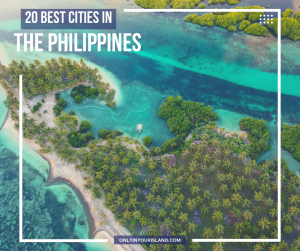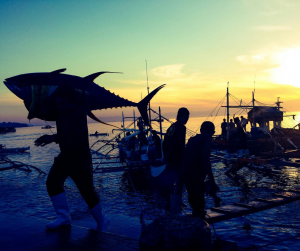Bohol is a province in the Philippines known for its natural wonders and pristine beaches. But did you know that it also has a rich history that dates back to the pre-colonial era? One of the most intriguing sites in Bohol is the Blood Compact Site, a historical landmark that commemorates the first international treaty of friendship between two nations.

The Blood Compact Site is located in Barangay Bool, Tagbilaran City, Bohol. It is a simple monument that stands on a hill overlooking the Bohol Sea. The site marks the spot where the first Blood Compact or Sandugo took place between the Spanish explorer Miguel López de Legazpi and the chieftain Datu Sikatuna of Bohol.

In conclusion, the Blood Compact Site in Bohol is a testament to the Philippines’ rich and complex history. It is a reminder of the first international treaty of friendship and the beginning of a long and challenging relationship between the Spanish colonizers and the Philippine natives. It is a must-visit destination for anyone who wants to learn more about the country’s past and appreciate its natural beauty.









